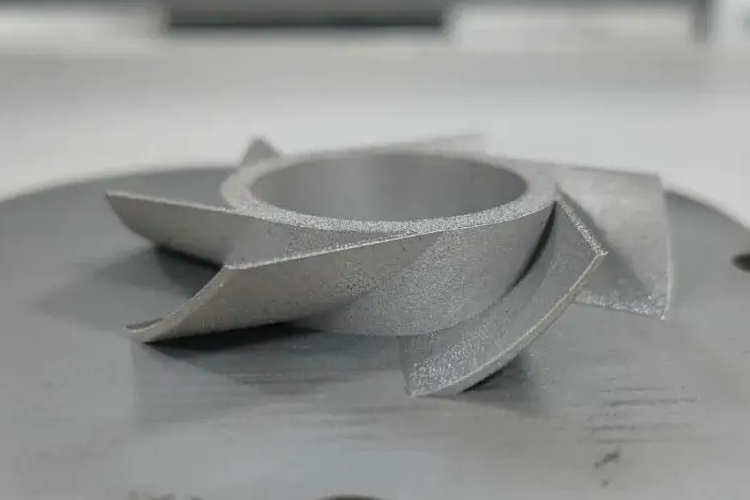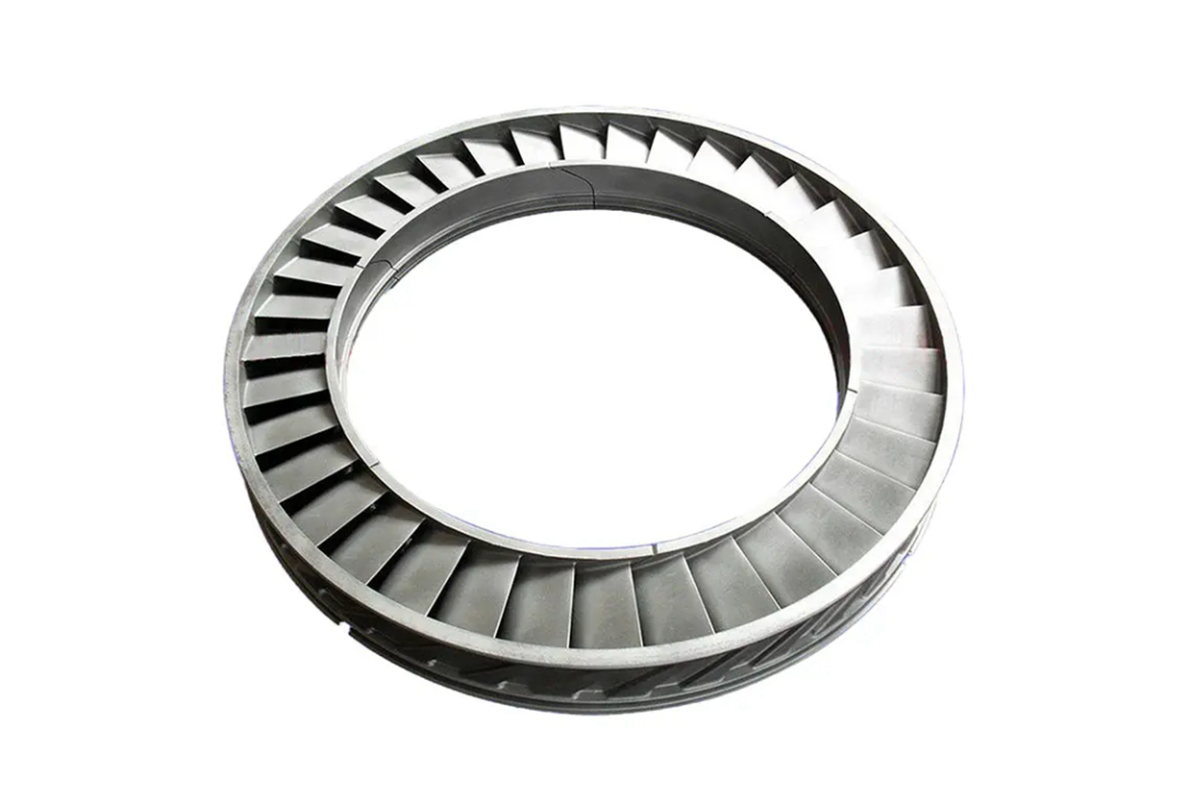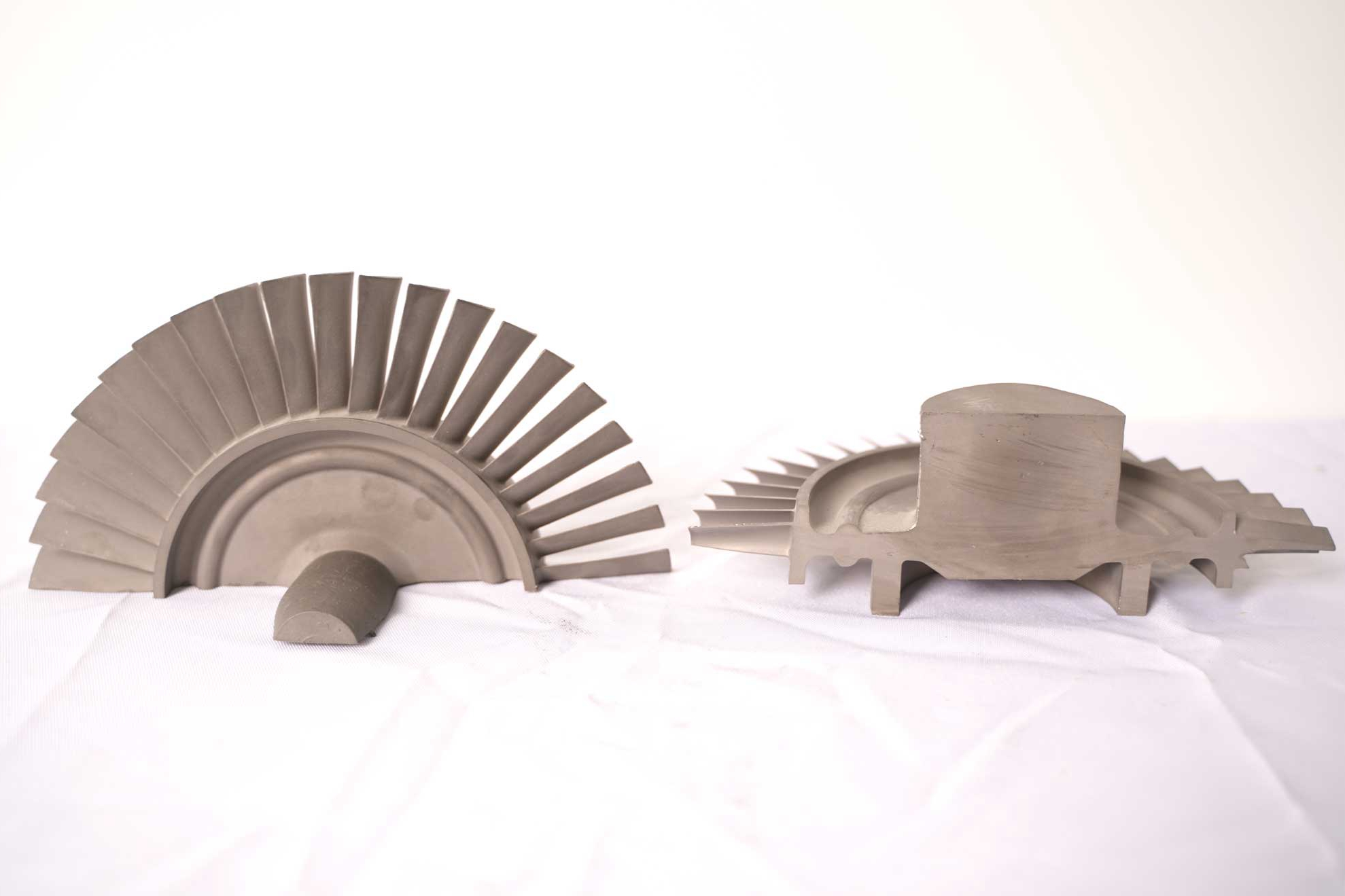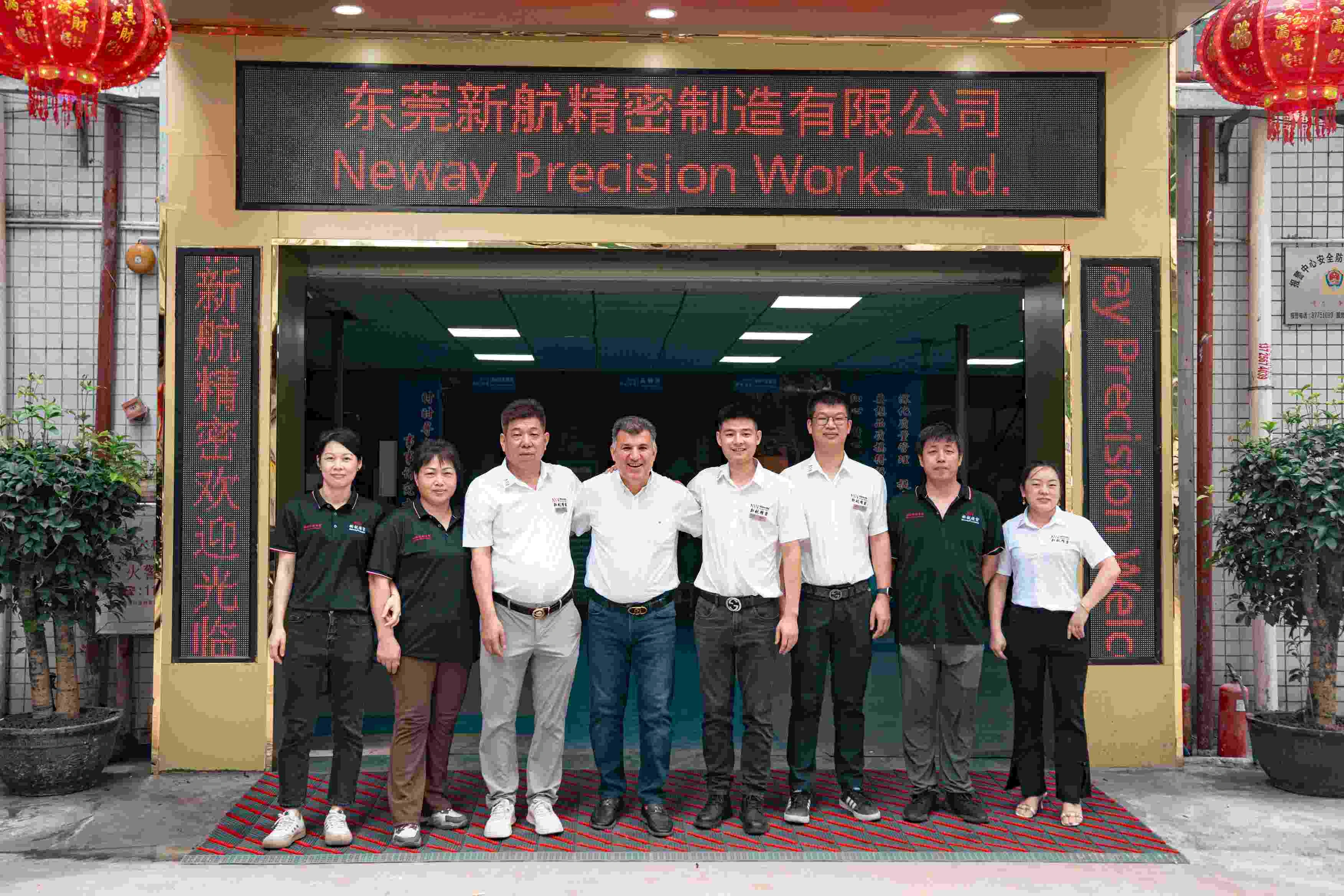Precision Casting for Titanium Parts: Achieving Tight Tolerances for Aerospace Components
Precision casting is a cornerstone manufacturing process in the aerospace industry, known for its ability to produce intricate, lightweight, and high-strength components. Aerospace applications demand tight tolerances and superior material properties, making titanium and superalloys an ideal choice. Titanium parts, in particular, are valued for their excellent strength-to-weight ratio, corrosion resistance, and ability to withstand extreme temperatures. By utilizing advanced precision casting techniques, manufacturers can deliver components that meet the exacting standards of the aerospace sector.
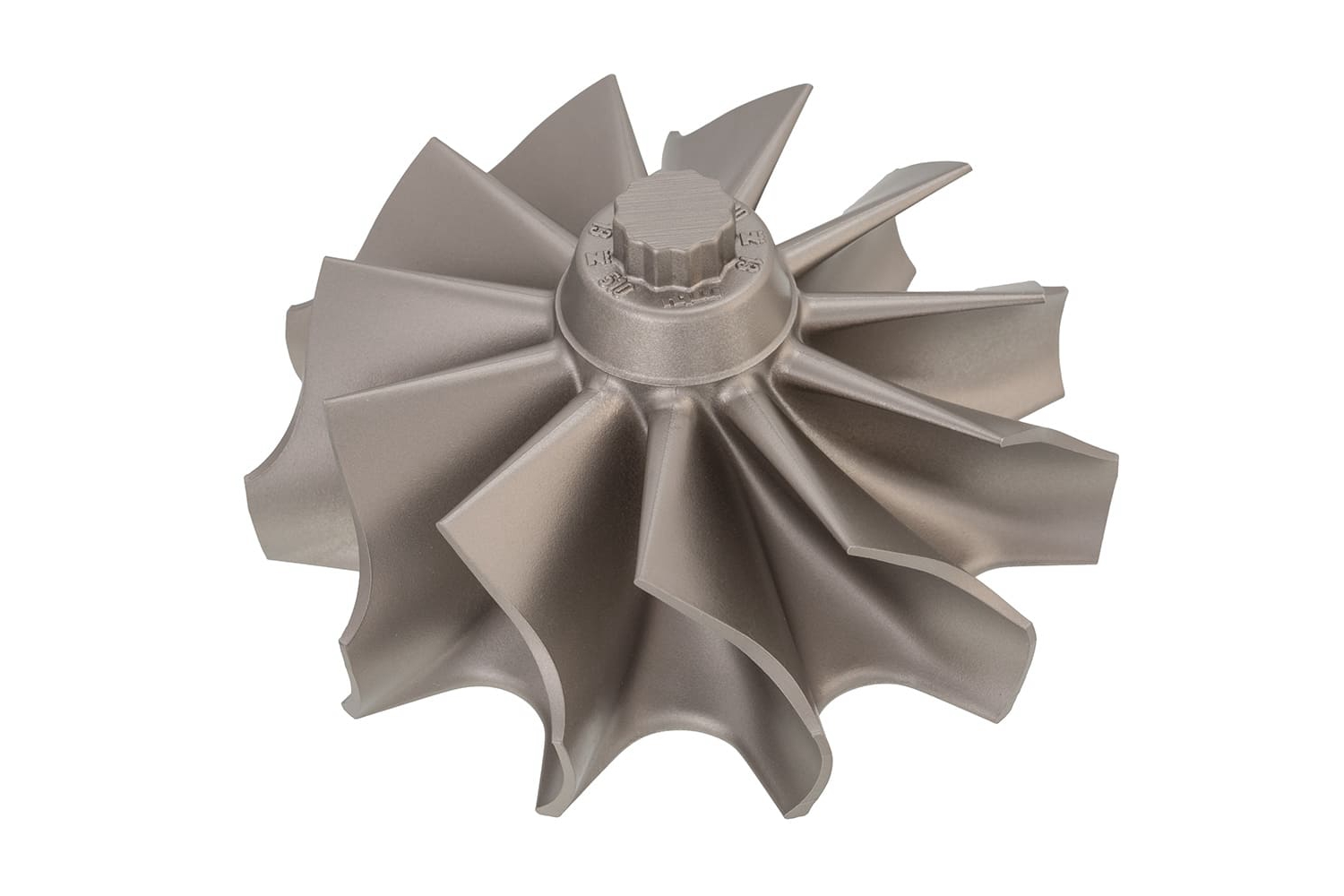
Manufacturing Process for Titanium Aerospace Components
The manufacturing process for precision-cast titanium components begins with creating a pattern, typically made from wax or advanced 3D-printed materials. This pattern is a mold for the final part and allows for intricate and highly accurate designs. The integration of precision wax pattern creation and advanced pattern-making technologies enhances the accuracy and repeatability of the process.
Investment casting follows, where the pattern is coated with ceramic materials to create a mold. The mold is then heated to eliminate the wax or pattern material, leaving a hollow shell ready to receive molten titanium. This stage closely aligns with dimensional control techniques to ensure the final component adheres to tight aerospace tolerances.
Molten titanium is poured into the mold under controlled conditions, often using vacuum investment casting techniques to prevent contamination and ensure a defect-free product. Controlled cooling and solidification are critical to achieving the desired mechanical properties and tight tolerances. Utilizing vacuum induction pouring ensures the molten titanium remains uncontaminated throughout the process.
The resulting cast part is subjected to various post-processing and inspection steps to meet stringent requirements for the aerospace industry. This manufacturing method ensures high repeatability and precision, which are critical for mission-critical aerospace applications. By implementing advanced casting techniques and rigorous quality controls, manufacturers achieve components that meet the exacting standards of aerospace performance and reliability.
Typical Superalloys Used in Aerospace Applications
Aerospace components often utilize titanium and superalloys because of their exceptional material properties. Titanium alloys like Ti-6Al-4V and Ti-6Al-2Sn-4Zr-6Mo are widely used due to their excellent strength-to-weight ratio, corrosion resistance, and high-temperature performance.
Nickel-based superalloys such as Inconel 718, Inconel 625, and Rene alloys are also prominent. These materials offer remarkable resistance to extreme temperatures and oxidation, making them ideal for turbine blades, exhaust systems, and other high-heat environments.
The choice of material depends on the specific application and environmental conditions. Titanium is often preferred for lightweight structural components, while nickel-based superalloys are chosen for parts exposed to extreme heat and stress.
Post-Processing: Achieving Tight Tolerances
Post-processing is vital in achieving the tight tolerances required for aerospace applications. Hot Isostatic Pressing (HIP) is commonly used to remove internal porosity, ensuring material integrity and improving mechanical properties. HIP enhances the lifespan of components by creating a defect-free internal structure, which is crucial for high-performance parts.
Heat treatment processes enhance the part's strength, flexibility, and fatigue resistance. These treatments are tailored to the specific alloy and application to meet aerospace standards. Stress relief through heat treatment also contributes to achieving consistent mechanical properties.
Surface finishing techniques such as CNC machining and polishing are essential to achieve the final dimensions and surface quality. CNC machining ensures high dimensional accuracy, while polishing improves surface quality and enhances aerodynamic efficiency by creating smooth, defect-free surfaces.
Each post-processing step is critical in producing components that meet the aerospace industry's rigorous standards for safety and performance.
Testing to Ensure Quality and Compliance
The aerospace sector demands unparalleled quality and reliability. As such, comprehensive testing is conducted at various stages of the manufacturing process.
X-ray and CT scanning are utilized for internal defect detection, ensuring the absence of voids or inclusions that could compromise the part's integrity. Ultrasonic testing evaluates the material's structural integrity, while tensile and fatigue testing measures mechanical performance under stress.
Metallographic microscopy analyzes the alloy's microstructure, confirming that it meets the desired specifications. These tests are performed according to strict industry standards, ensuring that every part delivered is ready for high-stress aerospace environments.
Prototyping Process
Superalloy CNC Machining
CNC machining is a critical prototyping method in aerospace manufacturing. This subtractive process creates high-precision parts by removing material from a solid block. CNC machining offers unparalleled dimensional accuracy, allowing engineers to produce prototypes that match final production specifications.
This method is particularly useful for components with complex geometries or tight tolerances. CNC machining is also scalable, enabling the transition from prototyping to low- or high-volume production.
Superalloy 3D Printing
Additive manufacturing, or 3D printing, has revolutionized the prototyping process for titanium and superalloy components. Using this technology, manufacturers can produce prototypes quickly and cost-effectively.
3D printing excels in creating complex designs that would be challenging or impossible with traditional methods. This flexibility allows engineers to test various iterations and optimize the design before moving to full-scale production.
Combined with CNC machining and 3D printing, aerospace manufacturers can reduce lead times and costs while ensuring high-quality prototypes meet stringent industry standards.
Industry and Applications
The aerospace industry relies heavily on precision-cast titanium and superalloy components. Engine parts such as turbine blades, compressor discs, and exhaust systems are among the most common applications. These components must endure extreme temperatures, pressure, and fatigue, making superalloys and titanium indispensable for ensuring safety and performance under harsh operating conditions.
Structural components like landing gear assemblies and fuselage brackets also benefit from titanium's lightweight and high-strength properties. Heat exchangers and fuel system modules for aircraft and spacecraft utilize superalloys to ensure reliable performance in harsh conditions, including extreme temperature fluctuations and high mechanical loads.
Beyond aerospace, defense, energy, and automotive industries leverage these materials for exceptional performance. Applications include high-performance braking systems, reactor vessel components, and corrosion-resistant piping accessories. These applications demand the unique properties of titanium and superalloys, such as strength at elevated temperatures, corrosion resistance, and fatigue endurance.
The combination of titanium’s lightweight nature and superalloy's heat resistance makes these materials critical across various industries where high performance and reliability are essential, especially in extreme and challenging environments.
FAQs
What are the key benefits of precision casting in aerospace manufacturing?
How does vacuum investment casting ensure the quality of titanium components?
What are the differences between titanium alloys and nickel-based superalloys for aerospace applications?
Why is Hot Isostatic Pressing (HIP) essential in post-processing superalloy parts?
How do CNC machining and 3D printing complement each other in prototyping aerospace components?
